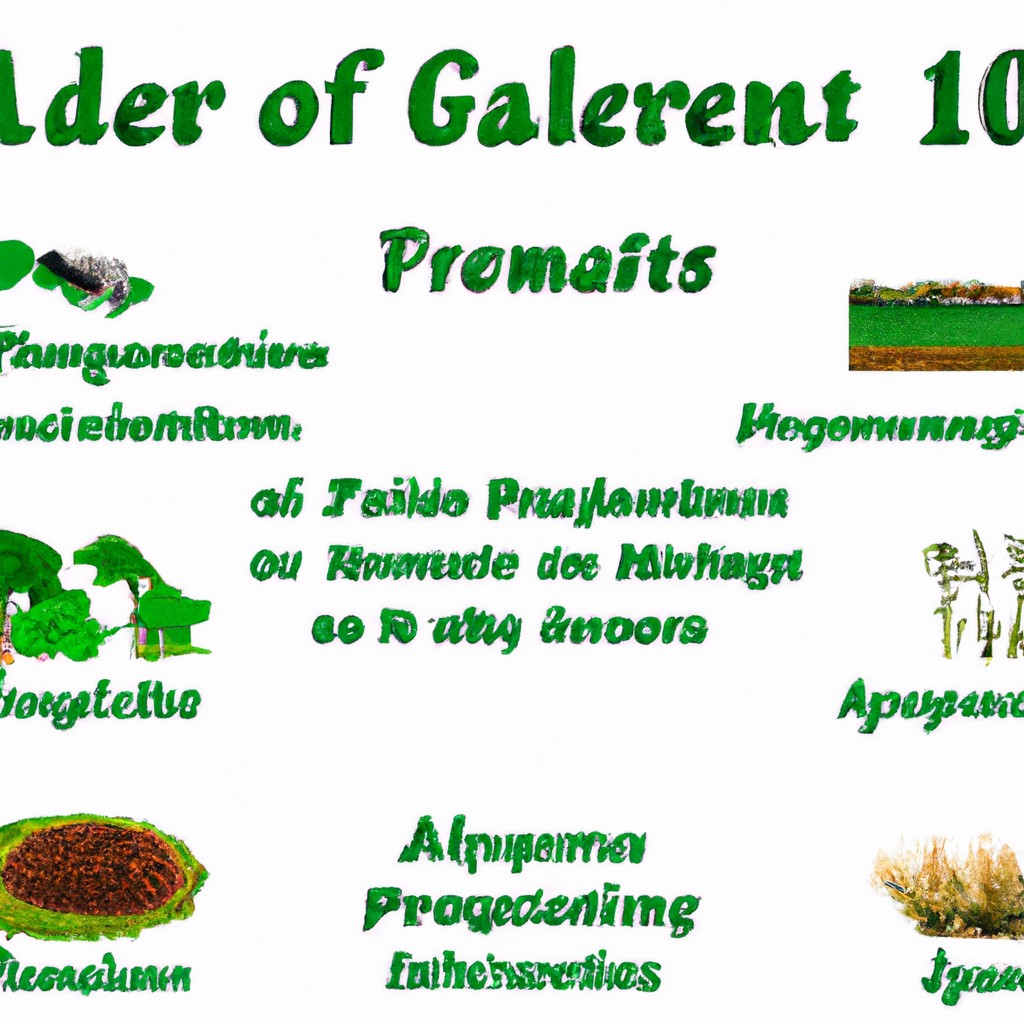Discover the top issues plaguing modern agriculture and how they impact farmers and food production.
Look Inside:
Climate Change

Extreme weather patterns are turning farming into guerrilla warfare. You never know when your crops will be ambushed by a freak storm or relentless drought. It’s less “Little House on the Prairie” and more “Survivor: Farm Edition.”
With temperature fluctuations, you get pests playing “Survivor,” too. Warmer climates invite insects that feast on crops like an all-you-can-eat buffet. Not to mention the diseases that hitch a ride with them.
Rainfall is now a guessing game. Too much, and you’ve got flooded fields. Too little, and soil dries out like an over-baked cookie. Either way, good luck growing anything.
And let’s not forget about the sneaky rise in sea levels, making coastal farmland think it’s time to join the ocean party. Salty soil anyone? Yeah, crops don’t love that.
In short, farmers dealing with climate change need to be part meteorologist, part pest control, and 100% resilient.
Soil Erosion
We’re all familiar with the saying “don’t let things slip through your fingers.” Well, soil erosion is basically the planet’s way of ignoring that advice.
First off, soil erosion happens when the elements—wind, water, and, sometimes, a bulldozer—whisk away the top layer of soil. This top layer is what plant roots crave, packed with the nutrients necessary for growth. Imagine trying to grow vegetables on beach sand; it’s that kind of sad scenario.
Secondly, soil erosion reduces crop yields. Fewer nutrients mean weaker plants, and weaker plants produce fewer goodies. Not great when food demand is skyrocketing.
Then there’s the issue of water runoff. Without a solid topsoil layer to absorb rain, water just skedaddles off, taking even more soil with it. This leads to poorer water quality and floods. It’s like losing your cake and having polluted milk to drink too.
Soil erosion doesn’t just happen by chance. Over-plowing, deforestation, and poor irrigation practices often tip the scales. It’s like cutting off the branch you’re sitting on, only to watch it fall and take your house with it.
Lastly, combatting soil erosion requires not only new farming techniques but sometimes a whole new mindset—cover crops, no-till farming, and proper crop rotation can make soil stick around for the long haul.
Lack of High Quality Seeds
High quality seeds? Picture them as the VIPs of the plant world—red carpet, exclusive lounge access, all that jazz. But what happens when your farm is stuck with the B-list?
First off, low-quality seeds can seriously impact crop yields. It’s kind of like trying to build a mansion with cardboard bricks. Not gonna work out so well.
Next, these subpar seeds are more vulnerable to pests and diseases. Think of them as plants with zero immune system. A bug bites, and it’s game over.
And let’s not forget about resilience. Quality seeds are better equipped to withstand harsh weather. Inferior seeds? They might just curl up and cry at the first sign of a storm.
So, the seeds you plant pretty much set the tone for everything that follows. No pressure or anything!
Loss of Agricultural Land
Urban sprawl is gobbling up fertile land faster than a kid with a bag of Halloween candy. Cities are expanding their boundaries, often at the expense of prime agricultural land. It’s like paving paradise to put up, well, another parking lot.
Industrial development is another culinarian in this ill-fated recipe. Factories, roads, and shopping malls are popping up where crops used to grow, leaving farmers with less land to till.
Then there’s deforestation, slicing into agricultural areas quicker than a lumberjack on a caffeine high. Forests are cleared for timber or other uses, but it’s the farmers who feel the pinch.
Lastly, climate change is playing a sneaky role in making some agricultural lands less viable. Shifting weather patterns and more frequent extreme events are making previously productive land worthless.
Farmers are left chasing whatever scraps remain, making it tough to sustain food production.
Inadequate Transport
Old MacDonald’s cows have never seen a train, bus, or even an Uber. One of agriculture’s biggest dilemmas is moving produce from farm to table. Here’s why it’s such a pickle:
First off, rural areas often have crummy roads. Imagine driving a cartload of juicy tomatoes down a dirt path filled with potholes. Fun, right? Not really. Fragile produce needs smooth sailing.
Secondly, lack of refrigerated transport, aka “reefers,” means stuff spoils faster than your milk’s expiration date. This limits how far and how long crops can travel before turning into compost.
Then we have the cost. Small-scale farmers can’t always afford fancy transport options. It’s like expecting your pet hamster to pedal a Ferrari. Just not going to happen.
Lastly, there’s poor connectivity. Remote farms might as well be on Mars. Even if they grow the tastiest mangoes, without decent transport routes, those mangoes aren’t getting to market efficiently.
So, the next time you munch on a salad, appreciate the journey those veggies took to your plate, because it wasn’t a piece of cake.




